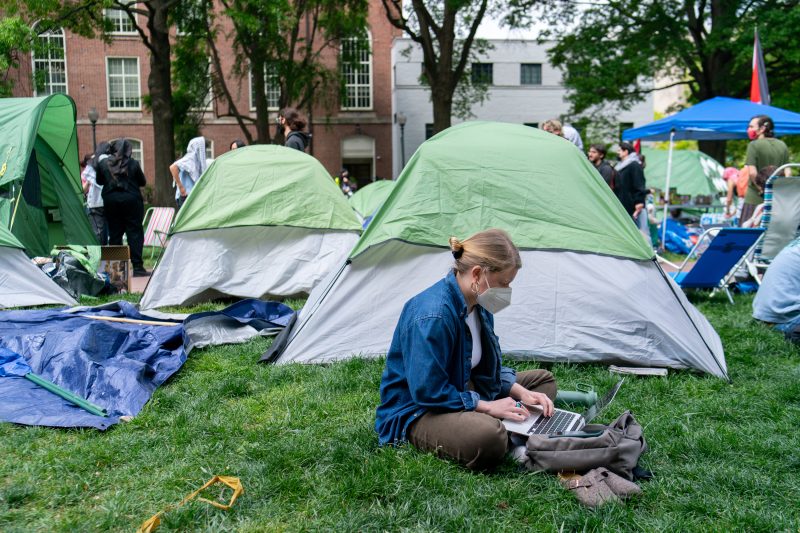In many societies around the world, there has been a long-standing divide between older and younger individuals when it comes to various aspects of life. This gap in understanding and perspective can create tensions within families, communities, and even entire cultures. Understanding the historical context of this generational divide can shed light on why it exists and how it continues to shape our interactions today.
One of the reasons behind the longstanding differences between older and younger people is rooted in the distinct experiences and values that each generation holds. Older individuals often grew up in a vastly different world compared to younger generations, facing unique challenges and societal norms that shaped their beliefs and attitudes. For example, those who lived through times of war or economic hardship may have a more conservative outlook on life, prioritizing stability and security above all else.
On the other hand, younger individuals have grown up in a world characterized by rapid technological advancements, changing social norms, and globalization. This has led to a more progressive mindset among many younger people, who value innovation, diversity, and individuality. The clash between these differing worldviews can create misunderstandings and conflicts between generations, as each struggles to see eye to eye with the other.
Another factor contributing to the generational gap is the changing dynamics of family structures and societal norms. In traditional societies, respect for elders and adherence to age-old traditions were highly valued, with older individuals serving as the authority figures within families and communities. However, with the rise of individualism and modernization, younger generations have increasingly challenged these established hierarchies, seeking more autonomy and independence in their lives.
Furthermore, the rapid pace of societal change and technological advancement has widened the gap between older and younger individuals, leading to a disconnect in communication and understanding. Older generations may struggle to adapt to new technologies and social media platforms, while younger individuals may find it difficult to relate to the experiences and values of their elders.
Despite these challenges, bridging the generational gap is essential for fostering harmony and cooperation within society. Both older and younger individuals have valuable perspectives to offer, drawing from their unique life experiences and wisdom. By engaging in open and respectful dialogue, we can work towards finding common ground and building stronger relationships across generations.
In conclusion, the long history of older and younger people not seeing eye to eye can be attributed to a combination of factors, including differing life experiences, values, and societal norms. By acknowledging and understanding these differences, we can move towards fostering greater mutual respect and understanding between generations, creating a more cohesive and inclusive society for all.


